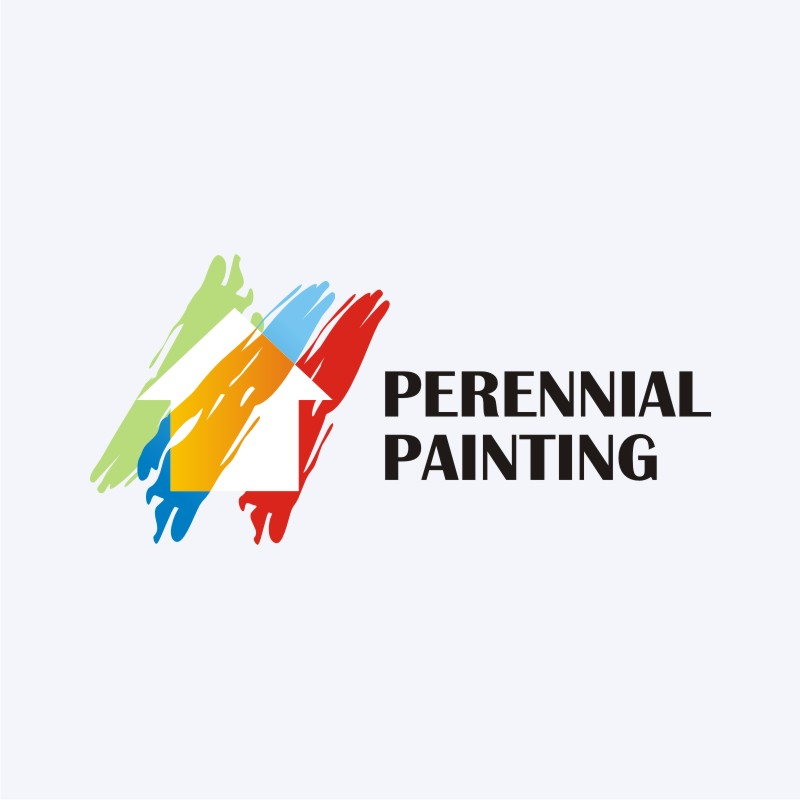Comprehensive Instructions For Ready-Making Your Wall Surfaces For Repainting
Comprehensive Instructions For Ready-Making Your Wall Surfaces For Repainting
Blog Article
Uploaded By-Soelberg Rindom
When you're prepping your walls for paint, it's critical to follow a systematic process to guarantee a perfect surface. Start by examining the wall for any type of damage; this action can make or break your project. Once you've identified any issues, cleaning the surface area appropriately is important, as a filthy wall surface can influence paint bond. After that, you'll need to patch any kind of imperfections and use a guide. However there are specific techniques and suggestions that can boost your preparation game-- allow's discover those more to attain the most effective outcomes.
Assessing Wall Surface Condition
Prior to you get your paintbrush, take a minute to examine your walls' condition. Check for any type of noticeable damage like splits, openings, or peeling off paint. These blemishes can influence how the paint sticks and looks when it's dry. If you discover any kind of considerable damage, you'll need to focus on fixings prior to diving right into painting.
Look very closely at the texture of your walls. Is the surface smooth, or is there appearance that might require special consideration? Smooth walls generally require less prep, while distinctive surface areas may need even more time to repaint equally.
Additionally, take into consideration the previous paint task. If the old paint is shiny, it mightn't allow new paint to stick appropriately. You'll need to know if your wall surfaces have been repainted with oil-based or water-based paint, as this can influence your selection of primer or paint.
Ultimately, bear in https://gunnerajsbj.bloggactivo.com/32527916/the-performance-of-your-commercial-external-paint-job-is-carefully-tied-to-weather-find-out-just-how-it-can-either-sustain-or-impede-your-desired-end-results of any kind of moisture concerns. If you see indications of water damages or mold and mildew, address these issues quickly to avoid further issues.
Cleansing the Surface area
When you have actually examined the condition of your walls, the following step is cleaning the surface area. Start by collecting your products: a bucket, cozy water, a mild detergent, a sponge or cloth, and a scrub brush for tougher spots.
Begin at the top corner of the wall surface and function your method down. Mix the cleaning agent with cozy water in your container, after that dip the sponge or fabric right into the solution. Wring it bent on prevent too much wetness on the walls.
As you clean, pay attention to areas that could've accumulated dirt, grease, or fingerprints. For persistent discolorations, use the scrub brush delicately to prevent harming the paint below. Rinse your sponge or towel regularly in tidy water to avoid spreading out dirt around.
After cleansing, it's essential to wipe the walls with a moist cloth to get rid of any type of soap residue. This step ensures a smooth surface area for the new paint to stick to.
Allow the wall surfaces to completely dry entirely before moving on to the following prep work actions. This comprehensive cleansing process will certainly help develop a fresh canvas for your paint task, making certain the best results.
Patching and Priming
Patching and priming are essential steps in preparing your wall surfaces for a fresh coat of paint. First, evaluate your walls for any kind of openings, splits, or imperfections. Use a top notch spackling substance or patching paste to load these locations.
Apply the compound with a putty knife, smoothing it out so it's flush with the bordering surface area. Permit it to completely dry totally, and then sand it lightly until it's smooth and also.
As soon as https://jeffreyvfnvf.theisblog.com/33444189/discover-exactly-how-the-best-color-choices-can-reinvent-a-little-area-s-atmosphere-and-discover-the-surprising-impact-on-your-mood-what-will-you-locate 've patched everything, it's time to prime. Primer aids seal the covered locations, ensuring the paint sticks appropriately and gives an uniform coating. Choose a guide ideal for your wall type and the paint you'll be utilizing.
Use the guide utilizing a roller for bigger areas and a brush for edges and edges. If your covered locations are substantially large or permeable, you could intend to apply a 2nd layer of guide after the initial one dries.
After priming, let whatever dry completely before going on to paint. This preparation won't just enhance the look of your wall surfaces but likewise lengthen the life of your paint job.
Take your time, and you'll be pleased with the results.
Final thought
By complying with these simple steps, you can attain a smooth and professional surface on your walls. Start by examining their condition, after that clean and spot any blemishes prior to applying primer. Keep in mind to allow appropriate drying time and guarantee every little thing is smooth prior to you dive into painting. With the right preparation, you'll establish the stage for an attractive transformation in your area. Now, gather your products, inhale the fresh air, and get ready to repaint!
